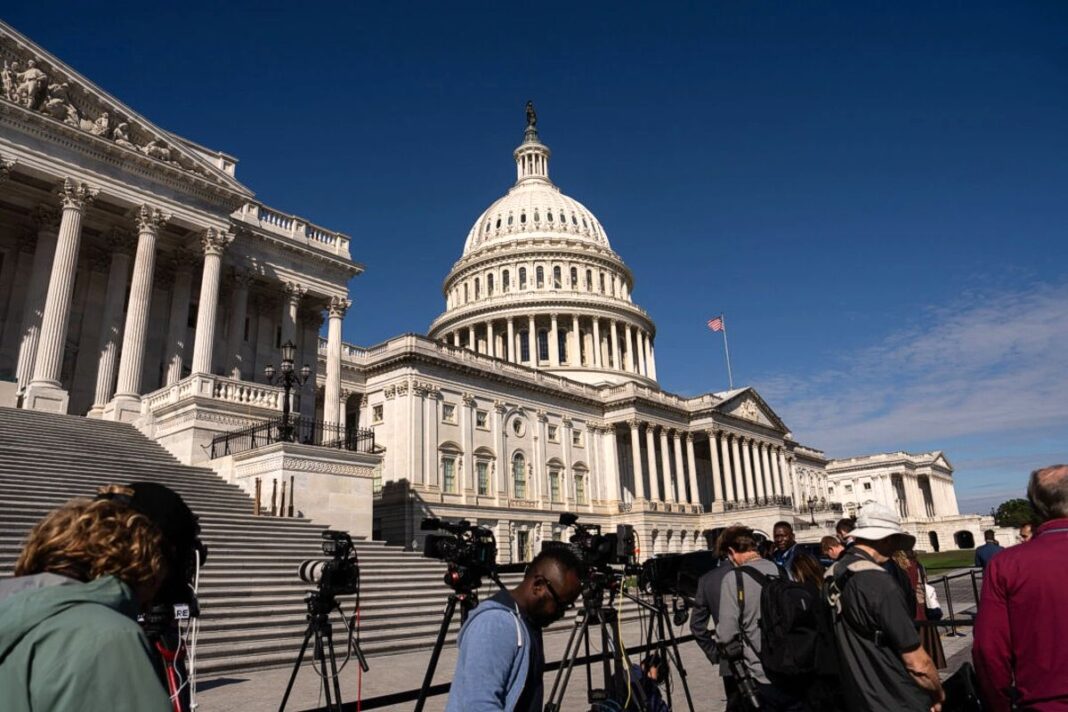The European Council decreed that the import of Russian gas will be banned across the bloc next year, but with varying lengths of grace periods for countries with short- and long-term contracts, the longest of which will last till 1 January 2028. The Council earlier admitted that pipeline gas and LNG combined accounted for a little less than a fifth of the bloc’s imports last year. It should also be mentioned that the EU continues to import Russian oil too, including indirectly, which has proven to be similarly scandalous.
Nevertheless, the EU’s plans to phase out the remaining fifth of its gas imports from Russia will further enfeeble its economy by leading to their replacement with more expensive US LNG, which will predictably result in the costs being passed down to consumers. This was entirely predictable too since the EU agreed to purchase $750 billion in US energy by 2028 per the terms of their lopsided trade deal from last summer that was assessed here as having turned the EU into the US’ largest-ever vassal state.
Germany is expected to be the most dramatically affected by this development in terms of its domestic politics and geostrategy. As regards the first, a greater decrease in living standards caused by the costs of more expensive US LNG being passed down to consumers could accelerate the AfD’s rise, which would lead to significant political changes if they’re ever able to form a government. Even if they’re kept out of power, such blatant meddling by the elites could worsen political polarization and associated tensions.
On the topic of German geostrategy, Poland with whom Germany is competing for influence over Central & Eastern Europe (CEE) is poised to play a supplementary role in supplying Czechia and Slovakia with US LNG via the Swinoujscie terminal and the planned one in Gdansk. Ukraine will be supplied too. These countries lie within the sphere of influence that Poland envisages creating upon the revival of its lost Great Power status. Czechia and Slovakia are also part of the Visegrad Group together with Poland.
Hungary is a member too and could be supplied with US LNG via Poland or Croatia’s Krk terminal, whose expansion is one of the priority projects of the “Three Seas Initiative” (3SI) that Poland and Croatia co-founded in 2015 but which is now led by Warsaw. While Germany commands much more influence over CEE due to being the EU’s de facto leader and boasting its largest economy, Poland’s influence over them is increasing through its future role in suppling US LNG, which might pull them away from Berlin one day.
Energy geopolitics play a significant role in geostrategy so the impact of the aforesaid trend shouldn’t be underestimated if it continues to unfold. In that event, the overarching trend would be the likely decline of German influence over CEE, greatly facilitated as it was by Germany’s voluntary participation in the US’ anti-Russian sanctions regime and then the Nord Stream terrorist attack which pushed it beyond the point of no return. These might be seen in hindsight as the beginning of a new regional order in CEE.
While Germany thought that it would inflict a strategic defeat upon Russia, the US ended up inflicting a strategic defeat upon Germany by engineering the circumstances whereby its only Western competitor’s economy would decline. Together with Poland, whose Anglo-American-backed revival of its Great Power status conveniently creates a regional wedge between Germany and Russia, the US is geostrategically re-engineering Europe at Germany’s expense in order to facilitate Russia’s post-Ukraine containment.






